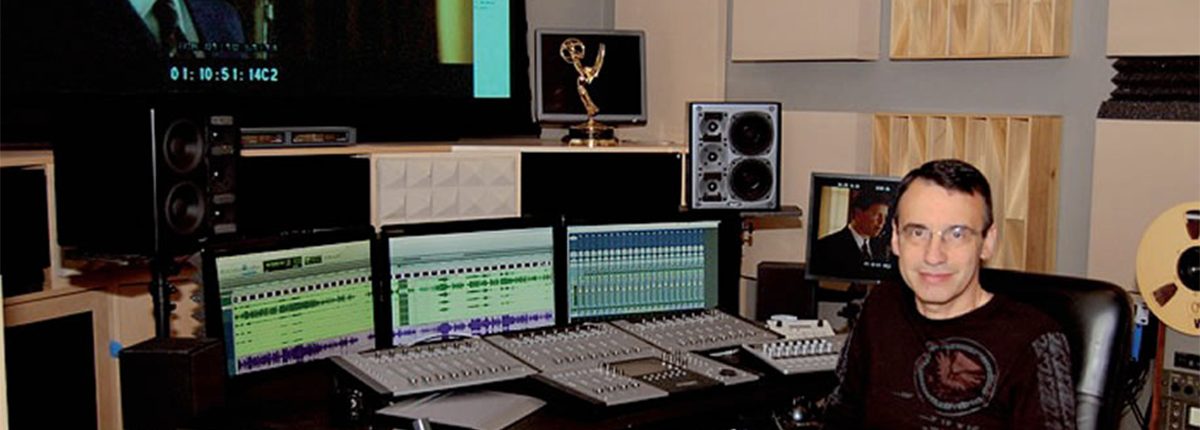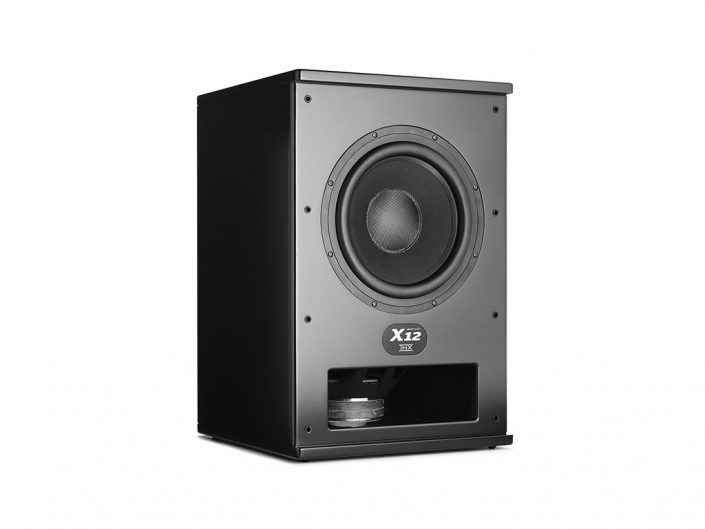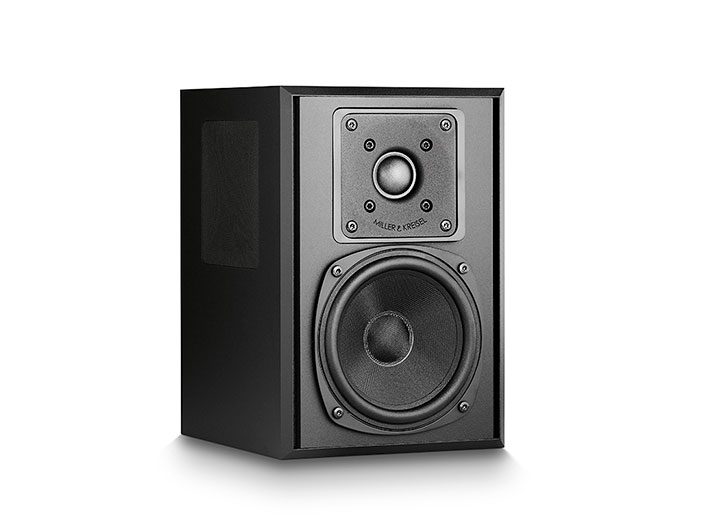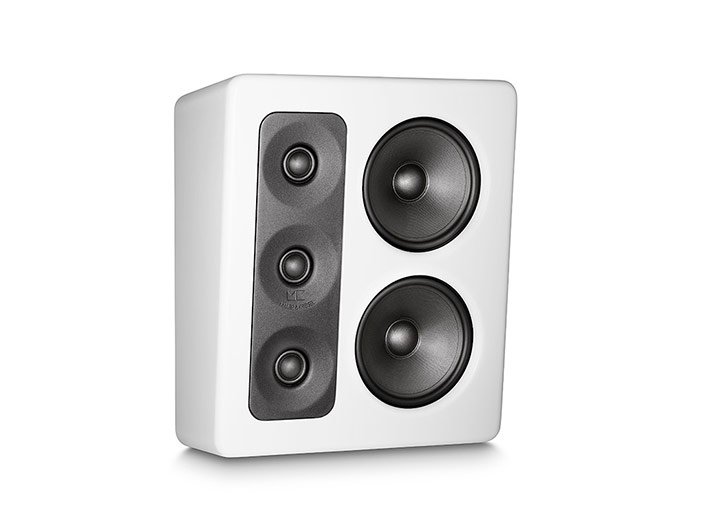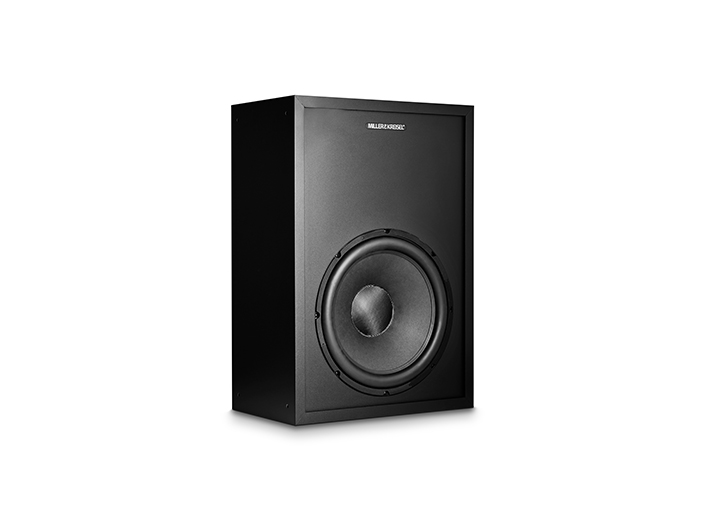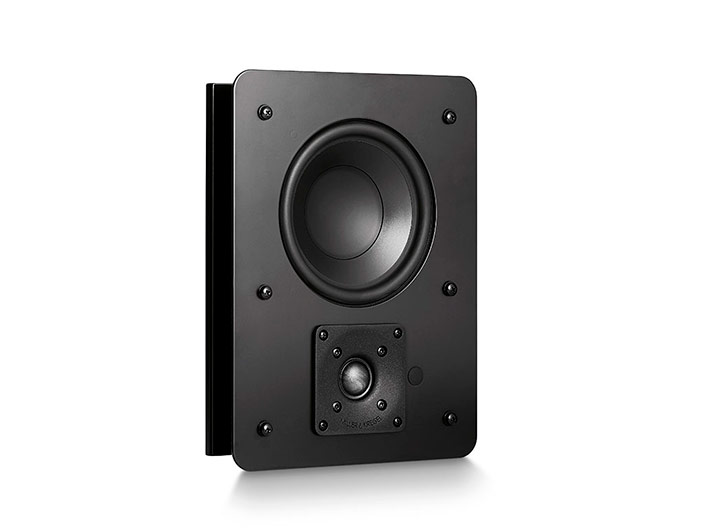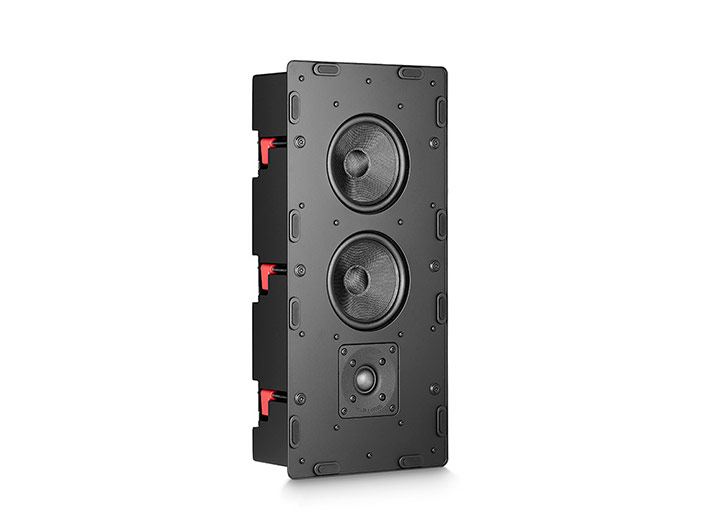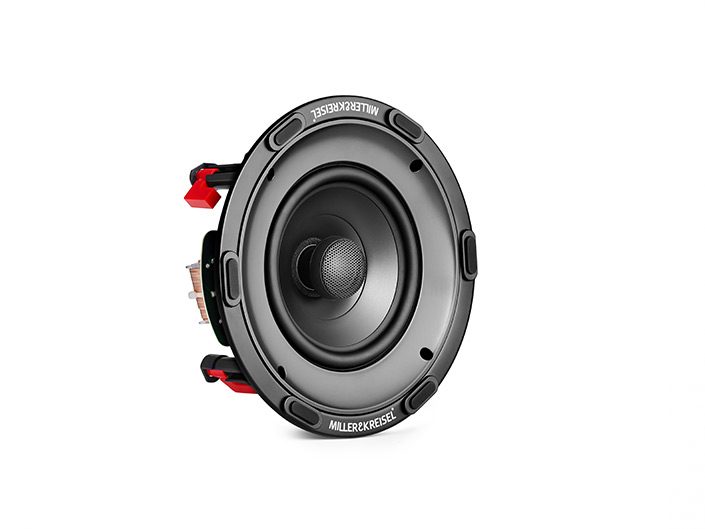Frank Morrone, independent re-recording mixer, Hollywood
In detailing the accomplishments of independent re-recording mixer Frank Morrone, we could probably fill this article with just a list of his major film, television and music credits and awards, including his 2011 Emmy for Outstanding Sound Mixing on the popular and controversial mini-series, The Kennedys.
Other television projects include Lost, Boss, The L Word and Sex and the City. He has worked with directors Sydney Lumet, Gus Van Sant, J.J. Abrams, Jim Henson, Ron Howard, Tim Burton, Taylor Hackford, John Singleton, Janusz Kaminski and Lasse Hallstrom on projects including Ransom, Shaft, Lost Souls, Cider House Rules and the Oscar-winning documentary When We Were Kings. He also mixed the Jonas Brothers’ Camp Rock, earning a platinum album for the soundtrack.
Frank’s award-winning body of work also includes an Emmy for the worldwide cult hit series Lost and a Best Sound Satellite Award for Tim Burton’s film Sleepy Hollow, as well as four additional Emmy nominations and multiple CAS, Golden Reel and Gemini nominations.
Frank Morrone is pleased to note a growing appreciation of sound among film makers, “For directors like Ron Howard and Tim Burton, sound is 50% of the entire film. I’ve been very lucky that way. Budgets may be getting tighter, but there is still awareness of the importance of sound.”
Frank’s own personal journey in audio began as a musician. “I’ve been a drummer for so long, I don’t even remember when I started playing as a kid. I was in a lot of bands. I got into sound when I was working in a music store and one day the owner couldn’t pay me. Instead, he gave me a Teac four-track recorder and that’s what started me off in my career.”
“I absolutely loved it and couldn’t stop. I still have that recorder because of its sentimental value and I still keep it in my studio beside me. It was the first piece of equipment I ever owned.”
After earning a degree in electronic engineering, Frank honed his craft under the mentorship and tutelage of experienced recording professionals. “Back then, we really didn’t have the academic training available that they do now. There are so many good schools now. I do lectures for AVID and I get to see what some of the courses are all about and what they encompass.”
“When I got into it, the only way you could get in was through apprenticing and mentorship.”
Frank began his career mixing music for film scores as well as jazz, rock and country albums. From there, he moved to film and television post production. In 1995, he joined Todd AO in New York. While in New York, he also did some lecturing for New York University Film School. He moved to Los Angeles in 2004 to work on Lost, and has since mixed several projects for Disney as well as freelance projects for other studios.
Looking back on his time in the industry, Frank sees one major game-changer: “Digital has made a huge difference. Without it, we couldn’t do the work we do today with the schedules and the budgets that are dictated. Our track counts keep getting bigger all the time. And in television now, we’re expected to deliver a 5.1 mix that is just as good as any feature film in a fraction of the time, usually three days. We just couldn’t do that without digital.”


